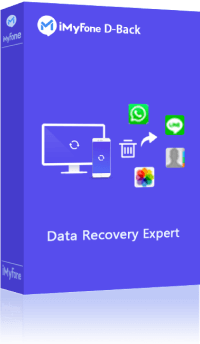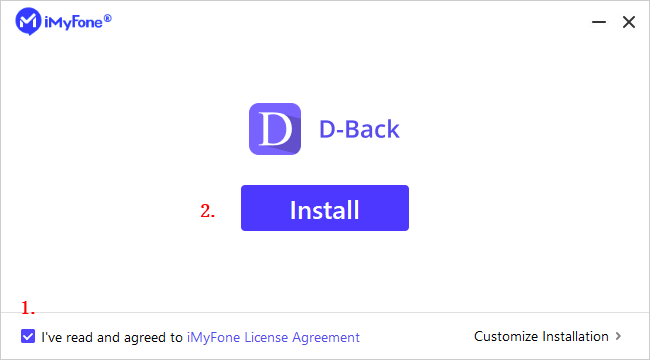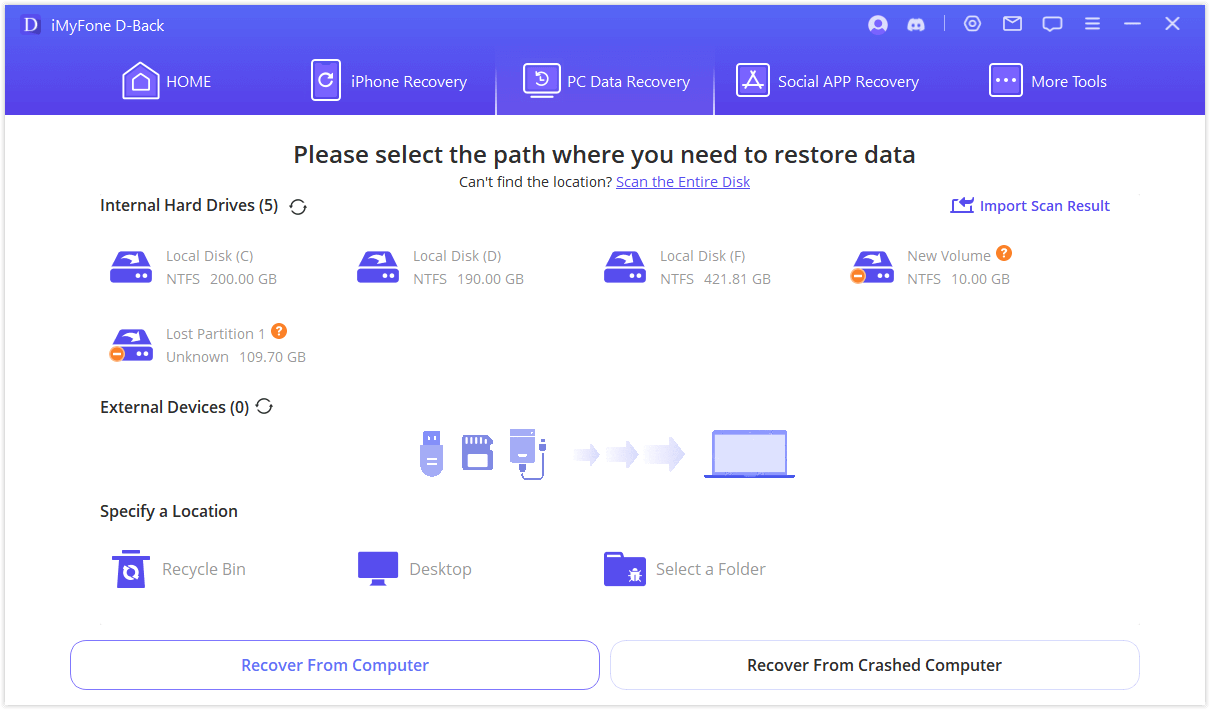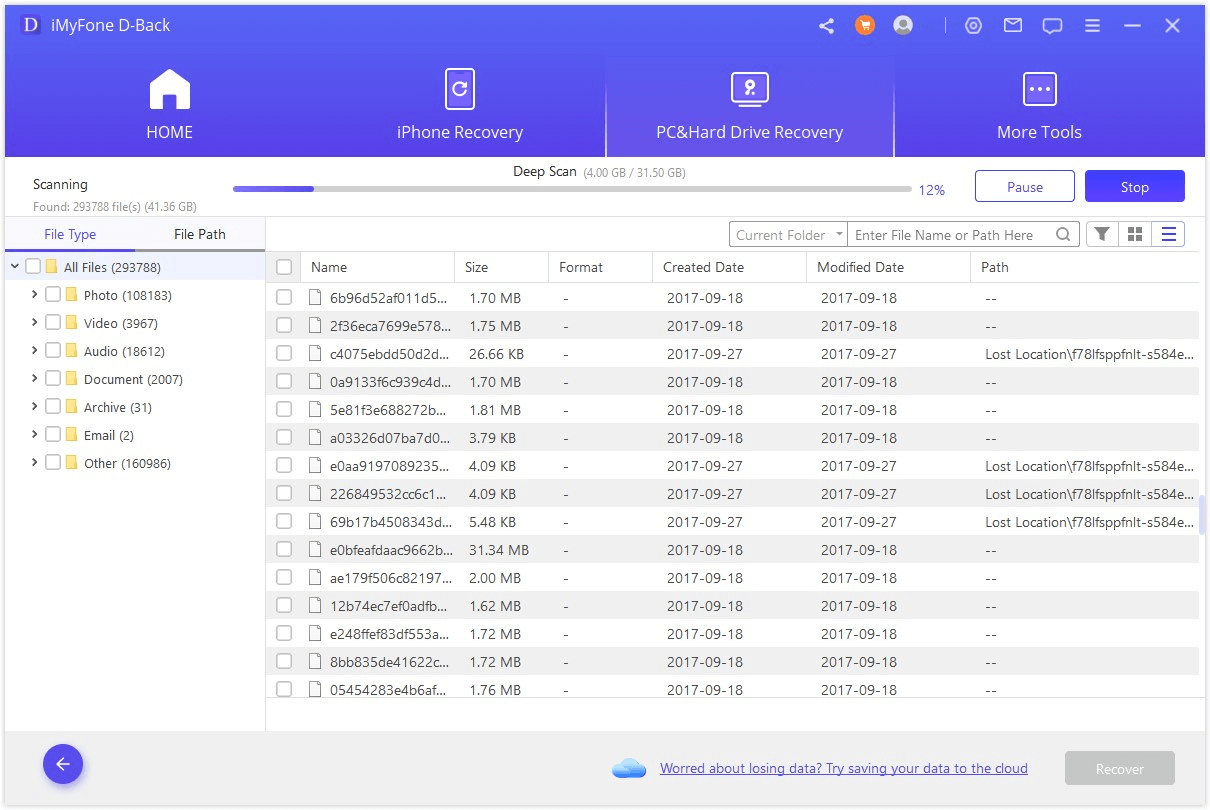Content Unable to Be Copied: How to Copy Any Text When Copying Is Not Allowed
Category: PC Data Recovery

5 mins read
In today’s digital world, encountering the message “content unable to be copied” has become increasingly common. Many websites implement restrictions to prevent users from copying their text, often displaying notices like “copying is not allowed.” This can be frustrating, especially when you need to reference or save information for personal use. This article explores why content is protected, the methods websites use to block copying, and practical ways to copy any text even when restrictions are in place.
In this article:
Part 1. Why Is Content Unable to Be Copied?
Websites and content creators often restrict copying to protect their intellectual property. This is especially true for original articles, research papers, or premium content behind paywalls. The reasons for these restrictions include:
Protecting Intellectual Property: Preventing unauthorized reproduction of unique content.
Maintaining Competitive Advantage: Keeping proprietary information exclusive.
Revenue Protection: Ensuring paid subscribers get exclusive access.
Reducing Automated Scraping: Blocking bots from mass-extracting content.
These restrictions are enforced through various technical methods that make copying difficult or impossible through normal means.
Part 2. Common Methods That Prevent Copying
Many websites use different techniques to stop users from copying their content. Here are some of the most common methods:
01 JavaScript Disabling Right-Click and Copy Shortcuts
Some sites use JavaScript to block the right-click menu and keyboard shortcuts like Ctrl+C. This prevents users from copying text through the usual copy-paste commands.
02 Blocking Text Selection with CSS or JavaScript
Other sites disable the ability to highlight text by turning off text selection. Without being able to select the text, it’s impossible to copy it by dragging the cursor.
03 Overlay Techniques
Sometimes, websites place invisible layers or elements over the text. These overlays stop users from selecting or copying the text underneath.
While these methods make copying difficult, they don’t completely block access to the content.
Part 3. How to Copy Any Text When Copying Is Not Allowed
Despite these restrictions, there are several effective methods to bypass copy protections for personal and fair use. Here are some practical approaches:
01 Method 1. Disable JavaScript in Your Browser
Since many copy restrictions rely on JavaScript, disabling it can restore normal copy functionality. For example, in Firefox, you can go to about:config and set dom.event.clipboardevents.enabled to false to prevent sites from blocking clipboard actions.. Similarly, turning off JavaScript temporarily in Chrome or Edge can help.
02 Method 2. Use Browser Reading Mode
Most modern browsers offer a reading mode that strips away distractions and often disables copy restrictions. Enabling reading mode can allow you to select and copy text that was previously blocked.
03 Method 3. Use Inspect Element or View Source
Advanced users can right-click and choose Inspect or View Page Source to find the text in the HTML code. Copying text from the source bypasses selection restrictions on the visible page.
04 Method 4. Take Screenshots and Use OCR Tools
If all else fails, capture the text as an image and convert it to editable text using Optical Character Recognition (OCR) tools. This method is useful when text cannot be selected or copied by any means.
05 Method 5. Use Specialized Browser Extensions or Tools
There are browser add-ons designed to bypass copy restrictions by disabling scripts or enabling text selection. However, users should be cautious and respect copyright laws.
06 Method 6. Use JavaScript Snippets to Enable Selection
A simple JavaScript command such as javascript:void(document.onselectstart=null) pasted into the browser address bar can re-enable text selection on some restricted pages
Part 4. Legal and Ethical Considerations When Copying Content
While technical methods exist to bypass copy restrictions, it is crucial to understand the legal and ethical boundaries:
Respect Copyright: Copying content for commercial use or redistribution without permission is illegal.
Fair Use: Copying small portions for personal study, commentary, or criticism may be allowed under fair use policies.
Give Credit: Always attribute content to the original creator when using copied material.
Avoid Plagiarism: Use copied text responsibly and do not claim it as your own.
Content owners implement copy restrictions to protect their rights, and users should balance their needs with respect for those rights17.
Bonus Tip: Use iMyFone D-Back to Recover and Repair Your Data Easily
When you face issues like content unable to be copied due to corrupted files or system glitches, iMyFone D-Back offers a powerful, automated solution to recover and repair your data quickly and safely. It supports a wide range of devices including iPhone, Android, Windows, and Mac, and can fix corrupted files that may cause copy restrictions or data loss.
Why Choose iMyFone D-Back?

1,000,000+ Downloads
Key Features:
- No Jailbreak or Root Required: Recover data safely without compromising device integrity.
- Supports Multiple Recovery Modes:Recover directly from device memory or from iCloud/iTunes backups for iPhone; from device memory or Google backups for Android.
- Preview Before Recovery: View recoverable contacts with details like phone numbers and emails before restoring.
- Wide Compatibility: Works with nearly all iPhone and Android models and OS versions.
- User-Friendly Interface: Designed for users of all technical levels.
How to Use iMyFone D-Back to Recover or Repair Text and Files
Step 1:Download and install iMyFone D-Back on your computer.

Step 2: Launch the program and select the recovery mode suited to your device (e.g., “iPhone Recovery” or “Android Data Recovery”).
Step 3: Connect your device to the computer via USB cable and let the software detect it.

Step 4:Choose the file types you want to recover or repair, such as messages, photos, or documents, then click Scan.

Step 5:Preview the recoverable files listed after scanning. Select the items you want and click Recover to save them to your computer.

Step 6(Optional): Use the AI Repair feature within D-Back to fix corrupted files that may be causing copy restrictions or display issues.
Conclusion
The phrase “content unable to be copied ” represents a growing challenge in the digital age where content protection is vital for creators but can hinder users’ access. By understanding the common copy-blocking techniques and employing practical methods such as disabling JavaScript, using reading mode, or leveraging developer tools, users can often copy any text they need for legitimate purposes.
However, it is equally important to respect copyright laws and use copied content ethically. Balancing technical know-how with legal awareness ensures that both content creators and users benefit in today’s information-driven world.















